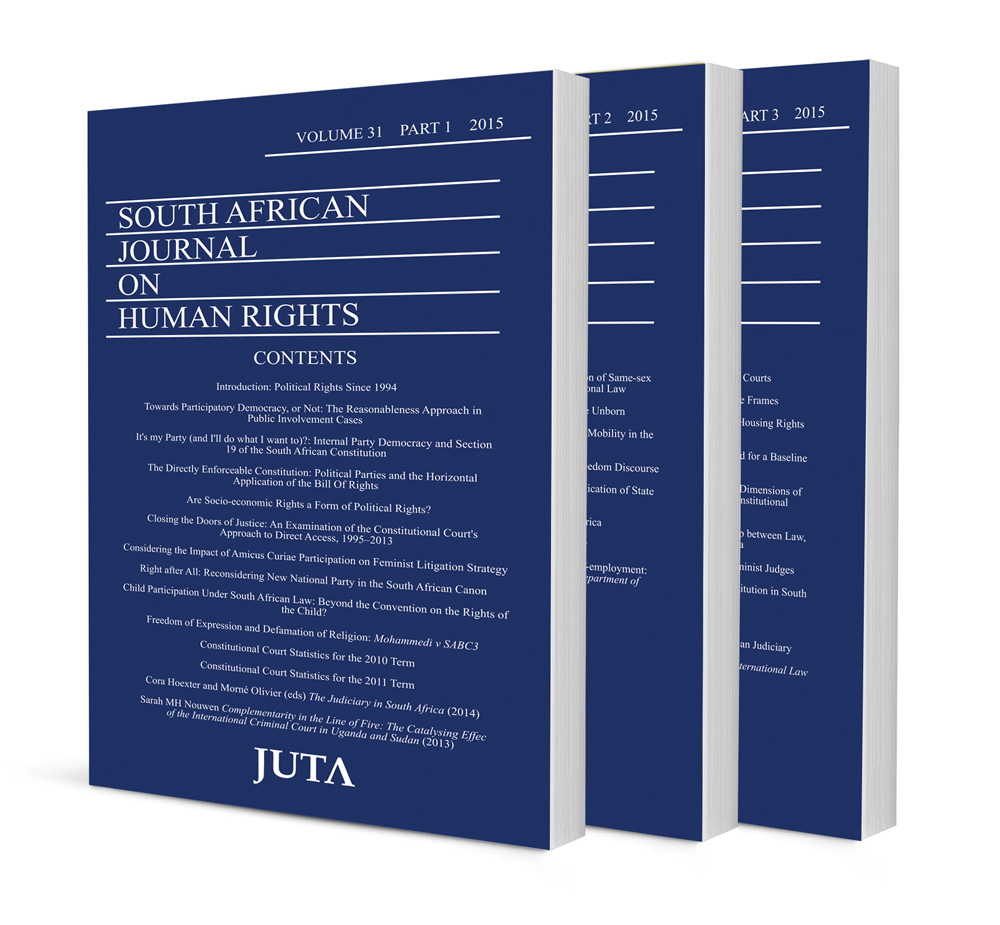Why courts should not sanction unfair discrimination in the private sphere: A reply

Why courts should not sanction unfair discrimination in the private sphere: A reply
Authors David Bilchitz
ISSN: 1996-2126
Affiliations: Associate Professor, University of Johannesburg; Director, South African Institute for Advanced Constitutional, Public, Human Rights and International Law
Source: South African Journal on Human Rights, Volume 28 Issue 2, 2012, p. 296 – 315
Abstract
This article addresses the question as to whether religious associations should be granted an exemption from legal anti-discrimination provisions relating to their employment practices. It focuses on responding to criticisms mainly by Patrick Lenta of my position that, in general, no such exemptions should be granted. The key issues I address are the following. Firstly, I shall consider the relationship between South Africa’s particular context and the approach to be adopted towards interpreting and balancing fundamental rights in South African constitutional law. Secondly, I shall contend that religious associations do violate liberal reciprocity when seeking such an exemption and respond to Lenta’s argument in this regard. Thirdly, I shall consider the harms of discrimination by religious communities upon the equal citizenship of vulnerable groups and distinguish these from the distress caused by refusing members of religious associations exemptions from anti-discrimination legislation. Finally, I shall discuss the question of remedies and the possibilities they allow for encouraging religious associations to act in ways that are consonant with South Africa’s constitutional democracy.